
Choosing a Survival Knife
What with the advent of Bear Grylls, Les Stroud and Ray Mears using their survival knives on TV, we thought we’d try to answer some of the questions that we receive on a regular basis. We’ve tried to keep this information simple to understand, and jargon free. In our opinions, there is far too much confusing information out there today, which makes choosing a knife a difficult business, when it really shouldn’t be.
Choosing a Survival Knife What with the advent of Bear Grylls, Les Stroud and Ray Mears using their survival knives on TV, we thought we’d try to answer some of the questions that we receive on a regular basis. We’ve tried to keep this information simple to understand, and jargon free. In our opinions, there is far too much confusing information out there today, which makes choosing a knife a difficult business, when it really shouldn’t be. Choosing the correct knife to best meet your own requirements is important. Many knives have their own uses and features that are unique qualities to each knife.
As the name suggests, survival knives are intended for the purpose of survival in harsh wilderness environments. Although today, many people use them in a hobby-based way, for practising survival techniques, or bushcraft.
The conventional survival knife is a multi-purpose tool, often designed to cope with many tasks to suit the needs of the military, hunters and general outdoor folk, such as cutting branches, splitting logs, setting traps and skinning animals.
Most survival knives have blades that are generally 4 - 6 inches long, and the blade and inner part of the handle are made from a solid piece of steel (full-tang). A full-tang means a strong and solid knife. Some knives have hollow handles where a survival kit can be kept. These look promising, but in reality the presence of a survival kit within the handle usually means the knife does not have a full-tang, and in some instances no tang at all, which means the knife will likely break upon real use. Hollow handles are generally used as a selling point and not a functional feature. That said, there are a few knives where the tang is built around a survival kit, meaning they are still strong, or micro welds make the handle as strong as full-tang even when hollow (much the same as a gun barrel) although here at Greenman Bushcraft we don’t recommend many of these types of knives, but those that we do, you may find in our store.
Some survival knives have a saw on the back of the blade. Although this provides the knife with a bold appearance, it is usually less than satisfactory for practical purposes and for this reason we always recommend using a separate saw if there is room for one to be carried.
The handles of survival knives may be made from lots of different materials, but usually they will be made from hardened rubber, forms of plastic, bone or wood. It’s usually best to see which you prefer, but we find wooden handle tools to be most comfortable after prolonged use.
The types of steel used in survival knives will vary, and this can be quite a complex area. The main steels used are Stainless and Carbon. Stainless steel is usually the preferred choice if knives are to be used in salt-water environments. Although the name suggests that stainless steel will not ‘stain’, this is not entirely true. Stainless steel will rust; it’s just more impervious than high-carbon steel for instance. Stainless steel must contain at least 13% chromium to be considered stainless. This element provides a shiny blade with a degree of protection to corrosion and rust, but it still needs to be cared for!
Carbon steel is probably the most popular form of steel to be used in survival knives. It tends to be easier to sharpen and holds it's edge for longer, but it does rust quickly in its more basic forms, so will need to be oiled before being stored. If it’s used in a saltwater environment then it’s always a good idea to wash the blade after use, thoroughly dry and then oil. One reason that carbon steel is more popular is because it’s believed that the back of the blade will create sparks when used with modern firesteels. This is true, but so will any hard object with a slight edge. In fact, carbon steel creates sparks with natural flint, and this is where it comes into its own.
You may notice that some survival knives have black blades. This was initially a military function; the Teflon coating to a blade renders it non-reflective. But, even for the bushcrafter, this has its uses, especially if wanting to work in a woodland environment without spooking wildlife with unsightly reflections. The Teflon coating also, to some degree, protects the blade from the outdoor elements, but it can look messy once the knife has been well-used.
The grind of a blade is something you may hear a lot about. It refers to the shape of the cross-section of the blade, and not the type of blade.
Some grinds are easier to maintain than others, and they can provide a better shape over the life of the blade. We offer several grinds, although this is something that some people overly worry about, often unnecessarily. It is important to understand the shape though, so you sharpen the blade correctly. Some of the popular grinds are shown below.
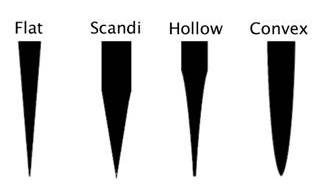
We also get asked what the difference is between a survival knife, and a bushcraft knife. Well, the true answer is that there’s no difference in the fact that they are both intended as a tool to preserve the life of the user in a survival situation, but from a personal standpoint there is a difference.
A bushcraft knife is a specialised tool for carrying out the day to day tasks of living in a primitive or more natural way. They are essentially wood working tools, which are ideal for making other tools for different jobs in the wilderness, and of course for preparing food. You may also notice that bushcraft knives usually have a small or non-existent finger guard for ease of use and sharpening.
Most (not all) knives which are referred to as a “survival knife” are built to complete lots of jobs. The knives are usually larger, to encompass other tasks, such as chopping, sawing and splitting. In my opinion the classic survival knife often has a somewhat aggressive appearance, and is built to appeal to those who enjoy looking at them, rather than using them.
In a survival knife you are getting a "Jack of all trades, master of none" but in a bushcraft knife you are getting a tool which in the correct hands will prove to be a useful friend for many years. In essence, the Bushcraft knife is the “true” survival knife.
Greenman Bushcraft offers a huge range of Bushcraft and survival knives, and these are a few of our favourites!
In no particular order.....

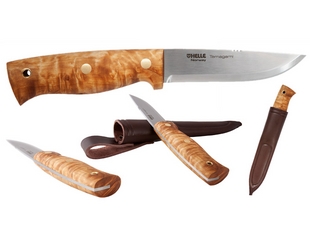
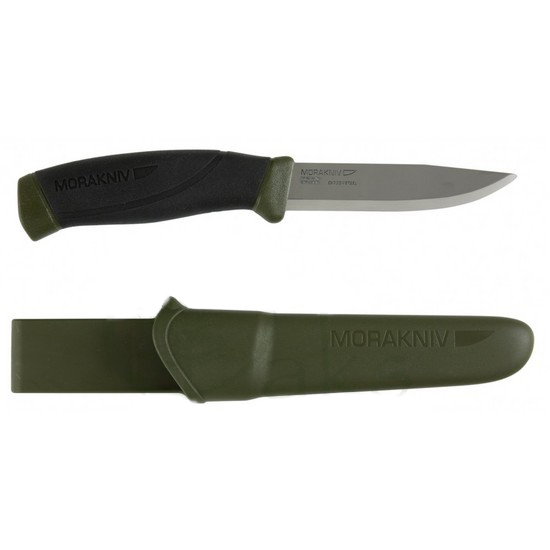
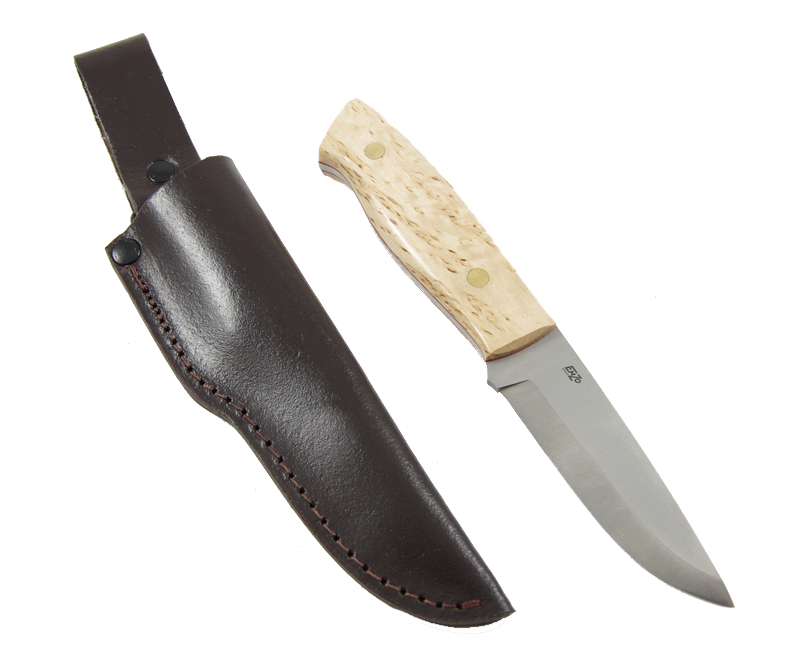
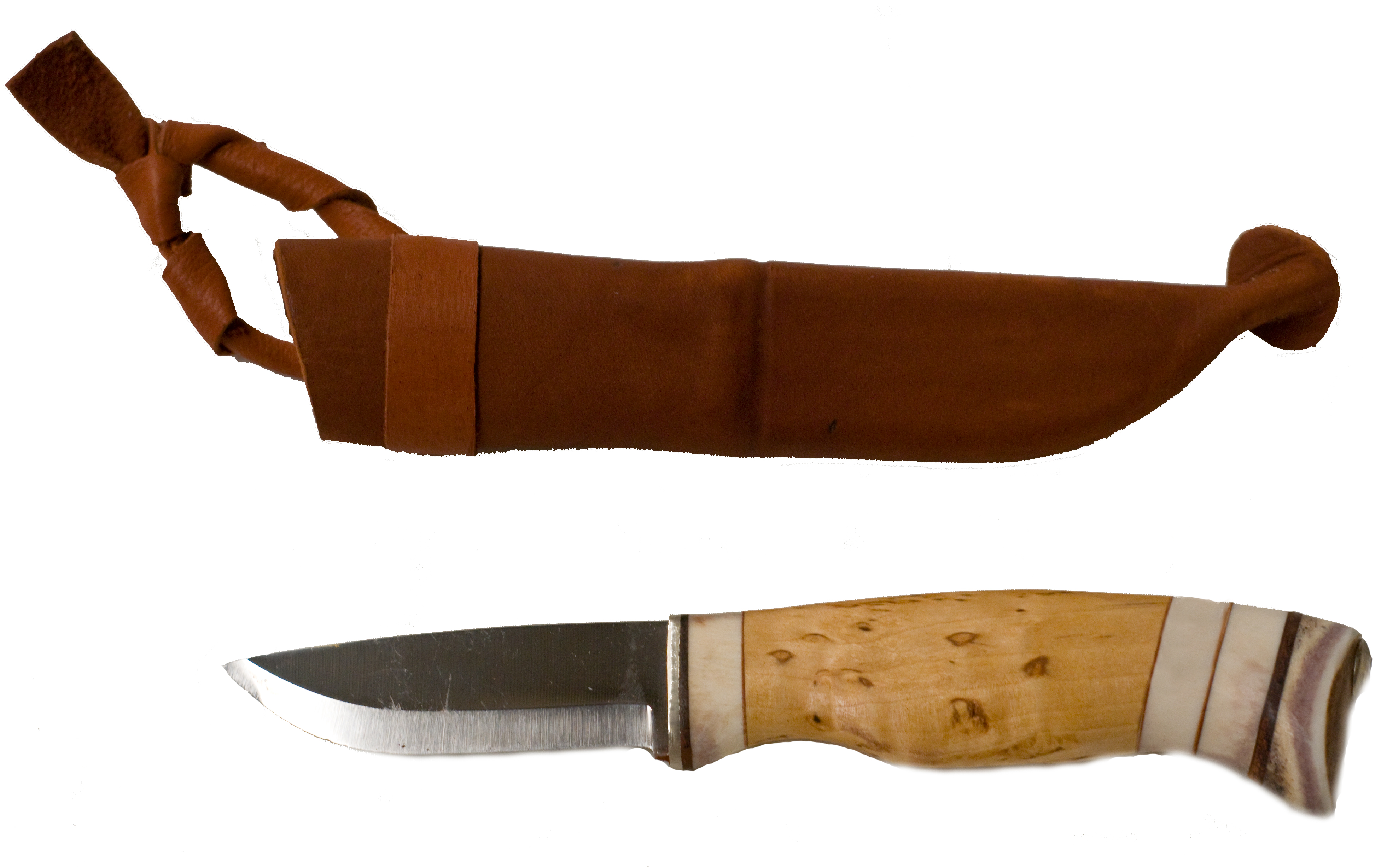
Drop Point Bushcraft Puukko Knife
And for those who like a functional knife with the classic “Survival Knife” element running through it…

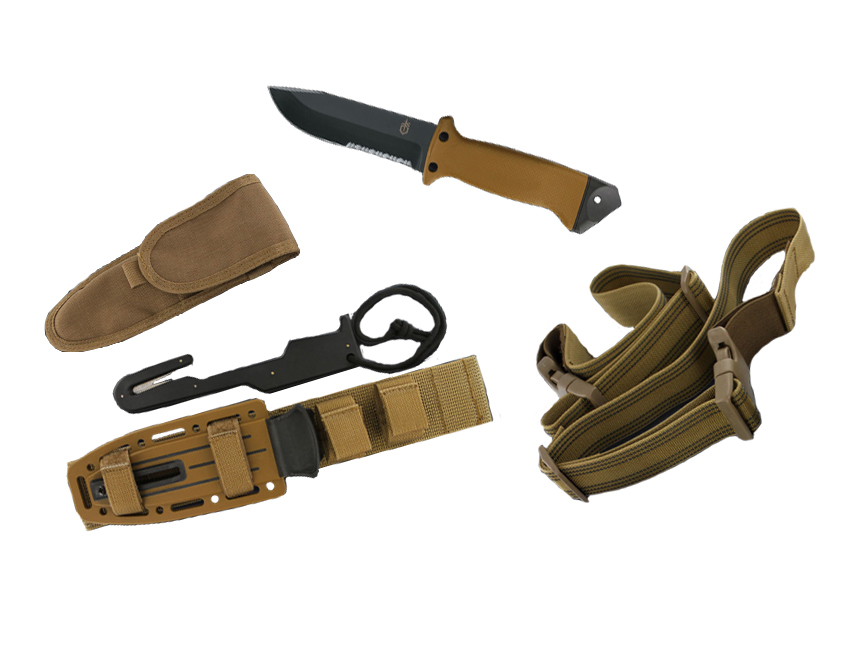


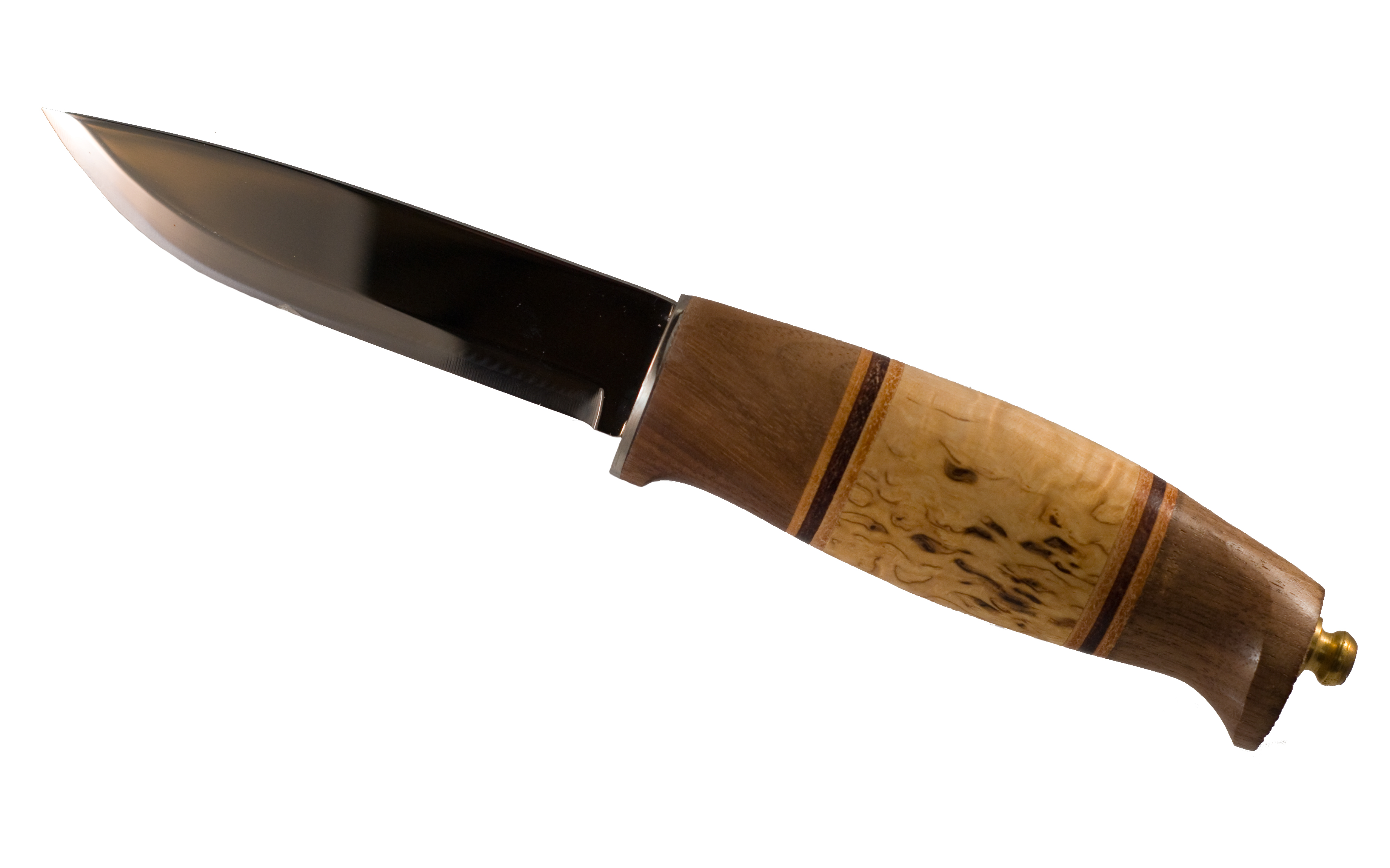

COMMENTS
LEAVE YOUR OWN COMMENT